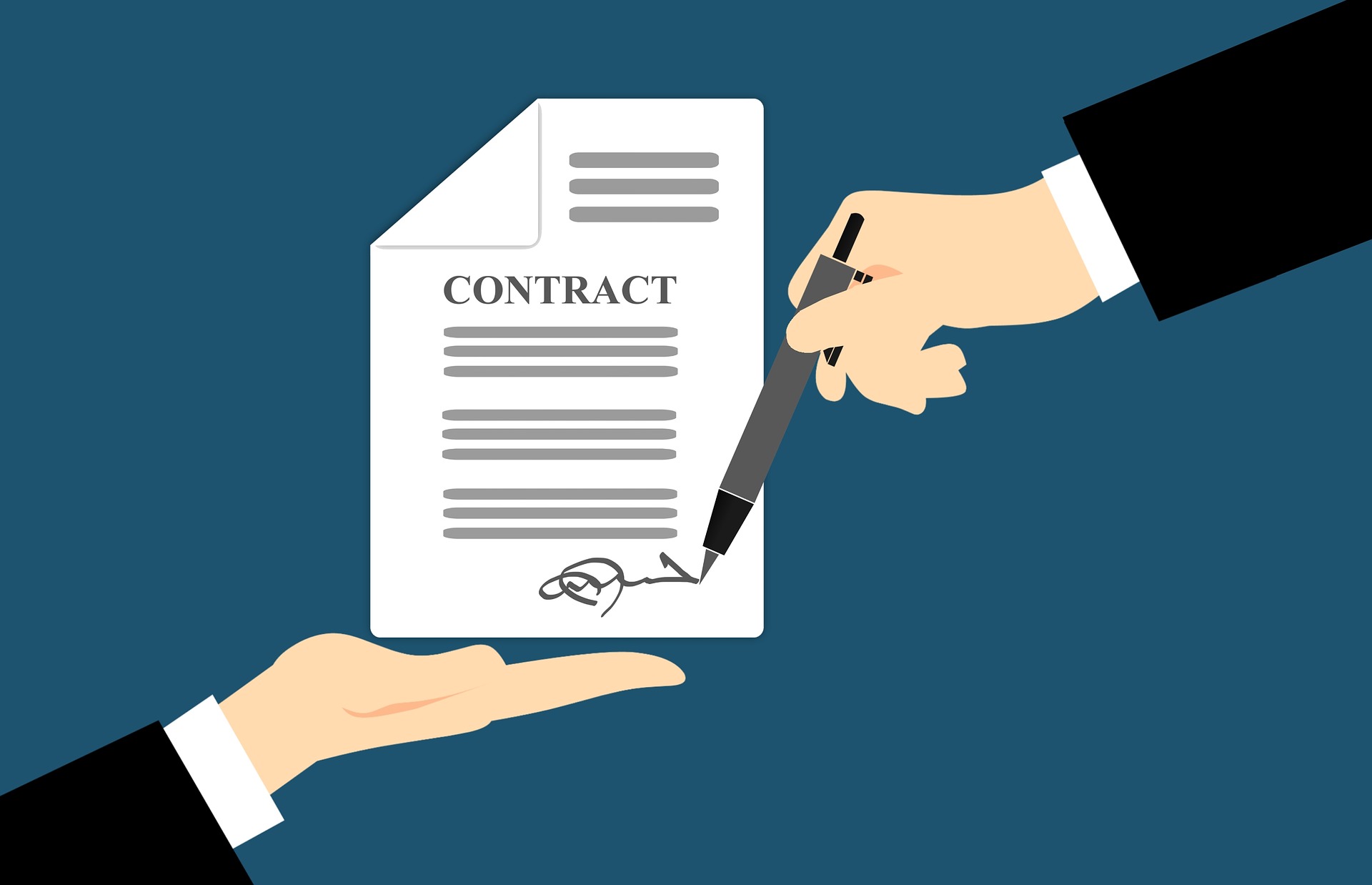#process-improvement
#process-improvement
[ follow ]
#automation #efficiency #contract-management #in-house-legal #templates #project-management #as400 #mainframe
fromLondon Business News | Londonlovesbusiness.com
2 weeks agoPreparing your business for seasonal peaks - London Business News | Londonlovesbusiness.com
The more accurately you can predict the demand for your services, the better your position will be when the demand actually arrives. This is particularly important in the case of perishable goods that need to be sold before the season ends. For example, if you're selling turkeys for Christmas, you'll need to take orders early on. Strengthen your supply chain before peak hits
Business
fromPsychology Today
2 weeks agoHow to Create a Personal Culture of Excellence
When we establish a personal culture, it allows us to infuse our daily life with our values. We can focus on excellence and safety in the ways that make sense to us. Without that deliberate effort, outside cultures can influence us more than we realize. We can end up adopting parts of hustle culture, living to work, or grinding when that wasn't our intention.
Mindfulness
fromLondon Business News | Londonlovesbusiness.com
3 weeks agoHow to speed up your sales process without losing quality - London Business News | Londonlovesbusiness.com
Every sales leader faces the same tension. Close deals faster to hit revenue targets, but maintain high standards to avoid bad fits, legal issues, or deals that fall apart post-signature. Push too hard on speed, and you end up with buyer remorse, contract problems, and unhappy customers. Move too cautiously, and competitors snatch opportunities while your team is still scheduling discovery calls.
Growth hacking
fromClickUp
1 month agoFree PDCA Templates for Continuous Improvement I ClickUp
Organizations that invest in continuous improvement processes are up to 80% more productive and often see noticeable efficiency gains within weeks, all from small, consistent changes that stick. The engine behind those gains? The PDCA cycle-Plan, Do, Check, Act. The concept is simple. The challenge? Applying it consistently across multiple teams and projects to meet specific needs. That's where PDCA templates come in handy. They remove the guesswork, turn big goals into repeatable workflows, and give you a roadmap to test, learn, and improve.
Productivity
Law
fromAbove the Law
2 months agoWork The Workflows: Creating And Relying On Flowcharts, Decision Trees, Processes, And To-Do Lists For Your Cases - Above the Law
Creating written checklists and workflows for case types improves efficiency, quality control, and outcomes, covering roughly 50–90% of most cases.
fromwww.housingwire.com
2 months agoThe path to automation
I've always had an analytical streak, some might call it a blessing, others a curse that constantly scans for opportunities to improve how we work. Whether it's a project, product, or process, I'm wired to evaluate the good, the bad, and the ugly in search of ways to make things better. We all have blind spots, and my goal is to minimize them through continuous reflection, open dialogue, and a willingness to challenge the status quo.
Real estate
fromAbove the Law
3 months agoHow AI Should Replace My In-House Law Job - Above the Law
AI is already replacing my job without firing me (for now). Legal executives expect the work of in-house legal teams to start and end with AI tools. This expectation makes sense given that a key role of legal executives is to use legal costs efficiently, and AI tools have the most appealing potential to reduce time and costs on research, contract drafting, case management, providing guidance, and other projects.
Law
fromComputerworld
3 months agoHow to make IT operations more efficient
Leadership can be a lonely position, and the writers of CIO.com often share insights designed to lighten the load. A good example is a recent article on IT management practices that are certain to kill IT productivity. It is a popular piece, and it prompted our CIO readers to ask the obvious opposite question: how does a manager increase productivity?
Productivity
[ Load more ]



